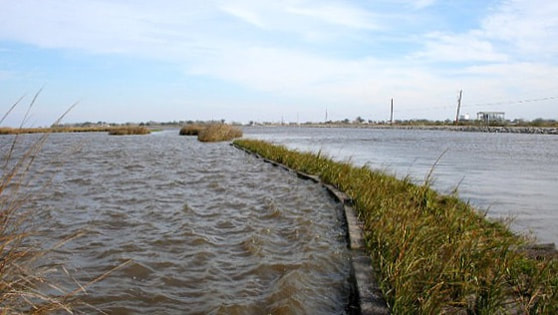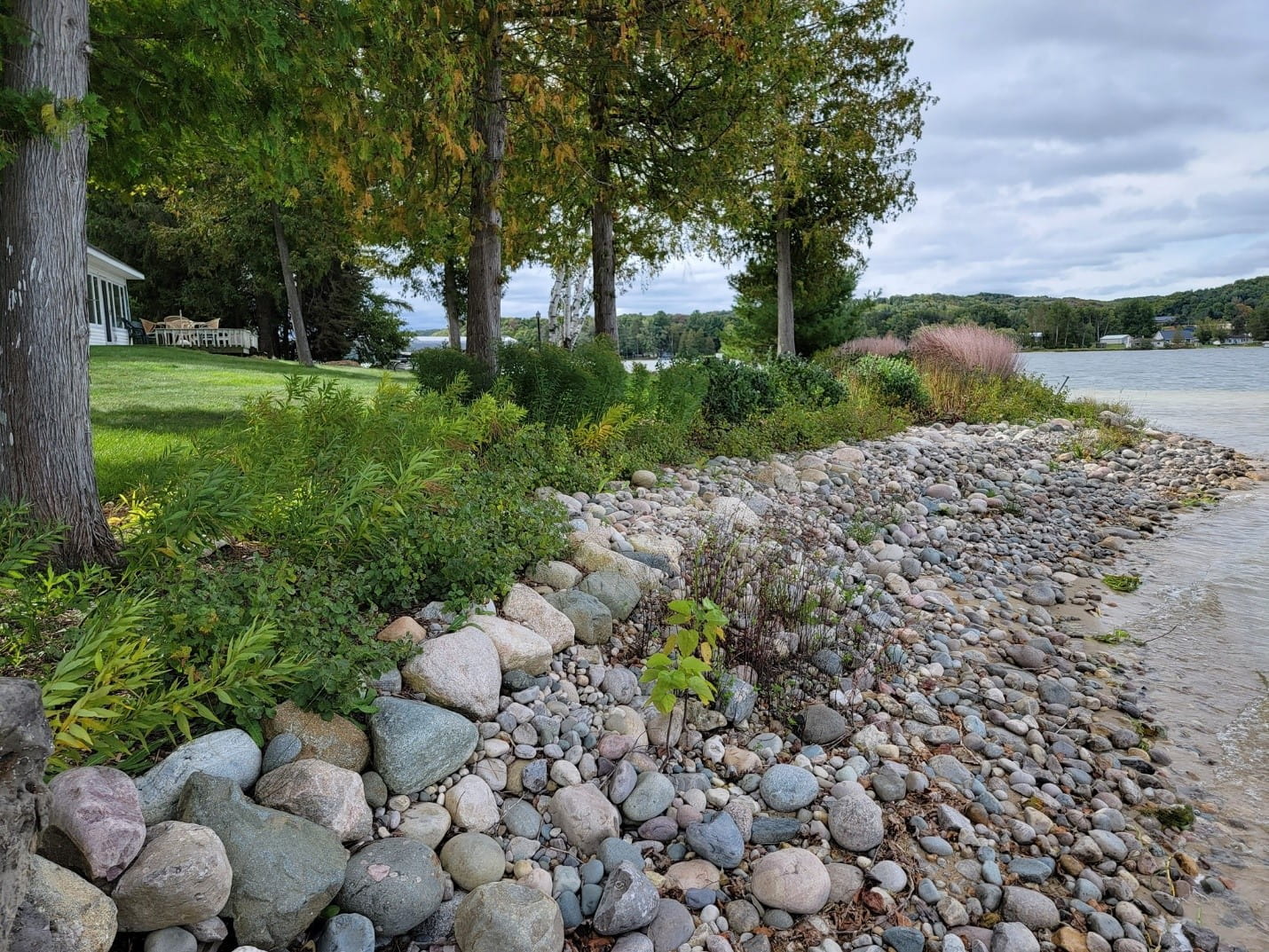The smart Trick of Shore Protect Team That Nobody is Discussing
Wiki Article
Shore Protect Team for Dummies
Table of ContentsNot known Facts About Shore Protect TeamShore Protect Team Fundamentals ExplainedA Biased View of Shore Protect TeamShore Protect Team Can Be Fun For AnyoneThe Only Guide to Shore Protect TeamGet This Report on Shore Protect TeamAbout Shore Protect Team
Reduction in home worth: As the location tourist is impacted by disintegration, so after that is the economic situation. Purchasers are much less likely to look for a coastline house that can be ruined at any moment by the approaching flooding and erosion emergency situation. In turn, residential property value can go down exceptionally and influence the entire region.Whether a beach is simply small and jampacked or has to shut completely for the security of the ecological community and neighboring homes, this considerably influences tourism. Consequently, regional economies are impacted (https://zenwriting.net/shrprtcttm/secure-your-shoreline-expert-bulkhead-construction-and-repair). Danger of injury: The raised danger of flooding and structural failures triggers a boosted danger of injury to neighboring visitors and community participants

Coastline stablizing is straight relevant to their work. Waterfront hotels: Because coastline erosion effects tourist, it impacts the success of waterfront resorts.
Shore Protect Team - An Overview
Coastal business companies: No travelers suggests no service. Coastal state parks: State parks that exist along coastlines are at danger of damages.Soft stabilization is a far better option for the environment and more lasting overall. Hard stablizing uses man-made frameworks as defense to manage erosion. Typically, these structures are mounted at ideal angles or alongside quit sand activity and decrease the force of waves. Many kinds of difficult stablizing like seawalls and sheet steel are not ideal for shoreline stabilization.
The 15-Second Trick For Shore Protect Team
There's also not adequate evidence of their performance relying on the sort of shoreline and local problems. Difficult stabilization methods tend to be much more challenging to set up and don't match the natural visual, protruding like an aching thumb and harming regional environments in lots of circumstances. Beach sustenance is the procedure of adding lost sand and debris back to coastlines after erosion has taken place.TrapBags aid in the process of coastline nourishment by protecting natural ecological communities and enabling plants to grow. While this process can be pricey and is not long-term, the pros tend to exceed the disadvantages. TrapBag barriers offer many residential properties that make them excellent for coastal and riverbank disintegration security. They're: Eco-friendly: You can make use of native dirt both to border and to fill up the TrapBags.

Little Known Facts About Shore Protect Team.
They can also be installed without any type of hefty machinery. Affordable: TrapBags are optimal for both little and large areas of shoreline.Combined with a high construction cost, this has actually resulted in enhancing use other soft engineering coastal monitoring alternatives such as coastline replenishment. Seawalls are constructed from numerous products, most generally enhanced concrete, boulders, steel, or gabions. Other possible construction products include plastic, timber, light weight aluminum, fiberglass composite, and biodegradable sandbags constructed from jute and coir. The appropriate seawall layout counts on location-specific aspects, including bordering erosion processes. There are 3 primary kinds of seawalls: upright, curved, tipped, and mounds (see table below). A record released by the United Nations Atmosphere Program (UNEP) recommends that the tsunami of 26 December 2004 created less damage in the locations where natural barriers were present, such as mangroves, coral reefs or coastal plant life.
Natural obstacles, such as reef and mangrove woodlands, protect against the spread of tsunamis and the flow of coastal waters and reduced the flood and rise of water. A cost-benefit approach is an efficient means to figure out whether a seawall is suitable and whether the advantages are worth the cost.
See This Report on Shore Protect Team
A seawall is a static attribute which can contrast with the vibrant nature of the shore and impede the exchange of debris between land and sea. The table listed below summarizes some favorable and negative effects of seawalls which can be made use of when comparing their performance with other coastal monitoring options, such as coastline nutrients. [] Advantages and disadvantages of seawalls according to Short (1999) Benefits Disadvantages Long-term option in contrast to soft beach nutrition.
This can trigger coastlines to dissipate, making them worthless for coastline goers. Usually, seawalls can be a successful means to control seaside disintegration, but only if they are built well and out of products that can stand up to the pressure of continuous wave energy.
Shore Protect Team - An Overview
Incorporated with a high building cost, this has resulted in boosting usage of various other soft engineering seaside administration options such as beach replenishment. Seawalls are built from various materials, a lot of generally reinforced concrete, boulders, steel, or gabions. Various other possible building materials include plastic, wood, aluminum, fiberglass composite, and naturally degradable sandbags made of hemp and coir. The suitable seawall style counts on location-specific facets, consisting of surrounding disintegration processes. There are three primary kinds of seawalls: upright, curved, stepped, and mounds (see table below).All-natural obstacles, such as reef and mangrove forests, prevent the spread of tsunamis and the flow of coastal waters and reduced the flooding and surge of water. A cost-benefit strategy is an effective means to figure out whether a seawall is ideal and whether the advantages deserve the expenditure.
The Shore Protect Team Ideas
A seawall is a static function which can contrast with the dynamic nature of the coastline and hamper the exchange of sediment between land and sea. Benefits and disadvantages of seawalls according to Short (1999) Benefits Disadvantages Long term option in comparison to soft beach sustenance.
This can trigger beaches to dissipate, rendering them ineffective for coastline goers. Usually, seawalls can be a successful way to manage coastal erosion, however only if they are constructed well and out of products that can hold up against the pressure of recurring wave power.
Report this wiki page